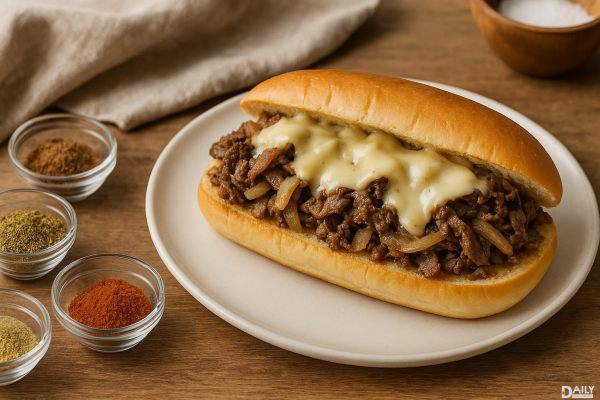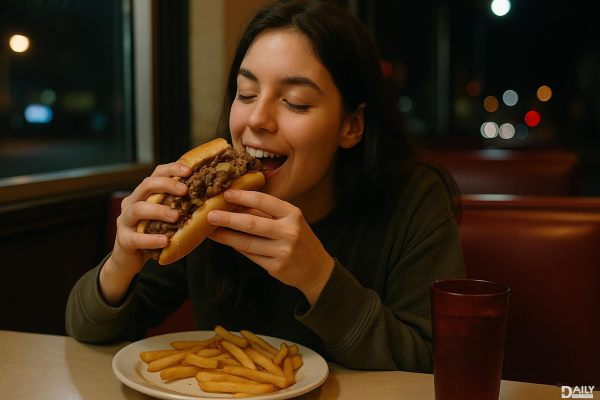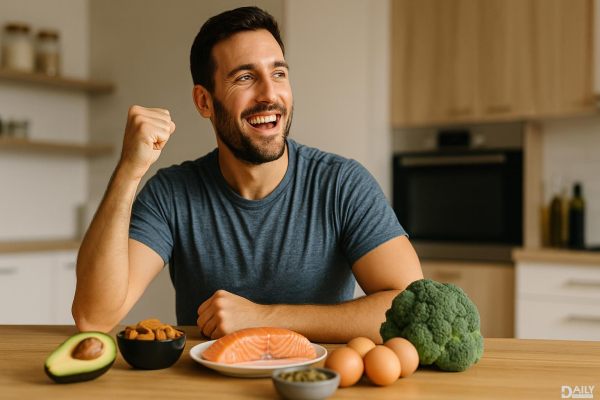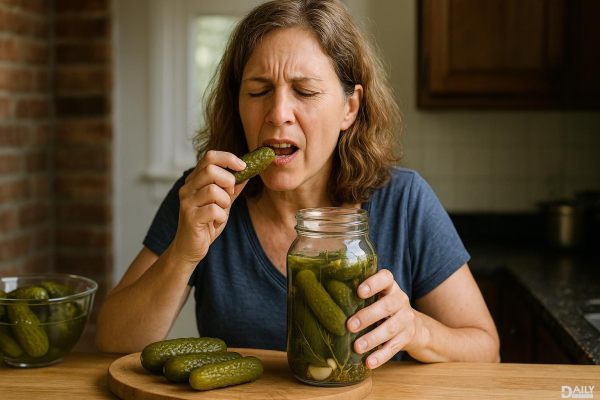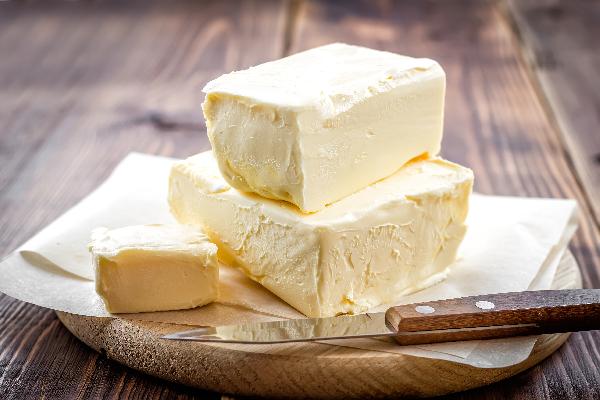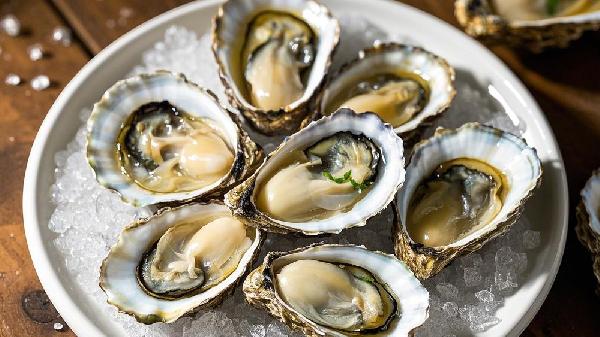Grilling the perfect burger isn't just about slapping some meat on a hot grate and hoping for the best—it's an art form. The secret to juicy, flavor-packed burgers every time lies in the details: the right meat blend, proper seasoning, precise cooking temps, and a few sneaky chef tricks that’ll make your backyard BBQ the stuff of legends. Forget dry, bland patties—once you master these techniques, you’ll never settle for less than burger perfection.
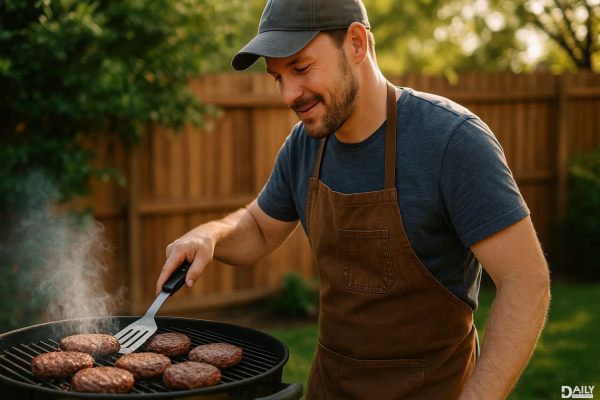
Not all ground beef is created equal. For burgers that stay juicy and pack a punch, opt for an 80/20 blend—that’s 80% lean meat to 20% fat. The fat is your flavor friend here, keeping the patty moist and tender as it cooks. Skip the extra-lean stuff unless you enjoy hockey pucks disguised as dinner. Pro tip: Ask your butcher for freshly ground chuck or a mix of chuck and brisket for next-level richness. And whatever you do, don’t overwork the meat when forming patties. Gently shape them with your hands, leaving some texture—overhandling leads to dense, tough burgers.
Salt is non-negotiable, but timing matters. Sprinkle kosher salt or coarse sea salt on the outside of your patties just before they hit the grill—salting too early can draw out moisture and leave you with a dry result. For extra flavor, mix in a little Worcestershire sauce, minced garlic, or smoked paprika into the meat before shaping. But keep it simple; burgers shouldn’t taste like a spice rack explosion. A little black pepper, maybe some onion powder, and you’re golden.
Resist the urge to make thick, uniform discs. Instead, shape your patties slightly larger than your bun (they’ll shrink as they cook) and press a shallow dimple into the center with your thumb. This prevents the dreaded "burger bulge"—that awkward puffing up in the middle that makes toppings slide off. Aim for about ¾-inch thickness at the edges, tapering slightly toward the dimpled center. This ensures even cooking and a flat surface for cheese melting later.
Two-zone fire is the way to go. Crank one side of your grill to high heat for searing and leave the other side at medium-low for gentle cooking. Start your burgers over the hot zone to get a killer crust (that’s where the flavor lives), then move them to the cooler side to finish cooking without charring them into charcoal. If flare-ups happen—and they will—don’t panic. Just move the burgers temporarily and let the flames settle. And for the love of all things delicious, don’t press down on the patties with your spatula. You’re not juicing them; you’re squeezing out their soul.
Guessing doneness is a rookie move. Use a meat thermometer: 125°F for rare, 135°F for medium-rare, 145°F for medium, and beyond that, you’re entering "well-done wasteland." Remember, carryover cooking means the temp will rise about 5 degrees after you pull the burgers off the grill. For cheese lovers, add slices during the last minute of cooking and cover the grill briefly to let it melt into gooey perfection. And always, always let your burgers rest for 5 minutes before serving—this lets the juices redistribute so they stay in the burger, not on your plate.
A great burger deserves a great bun. Skip the sad, squishy grocery store options and go for a sturdy potato roll, brioche, or a toasted pretzel bun—something that can handle the juiciness without disintegrating. Toast the cut sides lightly on the grill for extra texture. As for toppings, balance is key. Creamy meets crunchy, sweet meets tangy. Think: crisp lettuce, ripe tomato, pickles, red onion, and a sauce with some zing (mayo mixed with sriracha or a dash of BBQ sauce never disappoints). Don’t overload it—your burger should be eatable, not a structural engineering challenge.
Now that you’ve got the playbook, it’s time to fire up the grill and put these tricks to work. Juicy, flavorful burgers aren’t luck—they’re science, skill, and a little bit of swagger. Your friends might ask if you’ve secretly trained under a pitmaster. Just smile and pass the ketchup.
